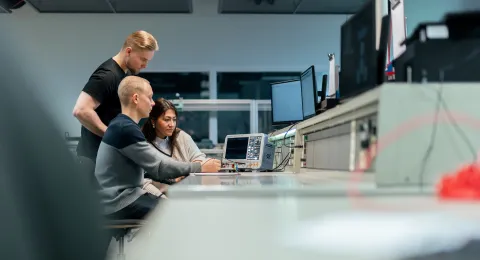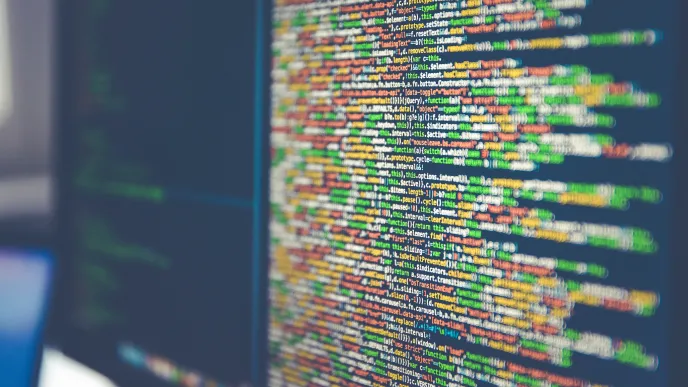When new practices and systems are introduced in the workplace, it can trigger resistance and even threaten well-being at work. Consequently, it is important to examine digitalization and related experiences also from the perspective of social sustainability.
An interview study by LUT University has examined the social dimensions of digital transformation. The survey was conducted in ten Finnish industrial enterprises with the aim to promote the utilization of human-centered digital twins in business development. A digital twin is a computerized, virtual copy of a real-life operating environment, process, product, or service.
Digital transformation is a complex process
”Digital transformation is a complex and continuous process that presents significant challenges for companies and employees. Digital initiatives often face employee resistance and can even fail due to that, decreasing work satisfaction in the meanwhile. Therefore, we have investigated how to mitigate employee resistance and stress and improve well-being at work in digital transformation,” says Junior Researcher Alena Valtonen from LUT University.
“The goal of our particular project is to promote an understanding about how the use of digital twins affects the people who use them and how the use of information produced by digital twins in decision-making helps overcome related issues.”
Backdrop: the growing importance of technologies in corporate strategies
LUT teaches sustainable mechatronics on its campus in Lahti. Sustainable mechatronics deals with the design and manufacture of advanced and intelligent systems or devices, machines and technologies.
Technologies play an increasing role in how companies meet their strategic needs. For a number of years already, LUT University’s MoreSIM research platform has conducted projects that develop digital twins. Digital twins advance sustainable business by means such as cutting costs, reducing investment risks, and improving safety.
What did the study on digital transformation in the workplace reveal?
- Digital twins can ease the physical and psychological workload of workers.
- Digital twins help decision-making by saving costs and producing correct information.
- Mitigating resistance to digital transformation makes sense because it supports employee well-being.
- Factors influencing resistance at the individual, organizational, and technological levels were identified.
- Three key components of resistance mitigation were learning, communication, and participation.
Digital twins boost sustainable development
”A copy made by computer can model an entire factory hall including machines, production processes, systems and workers. A digital twin of that kind can help optimize the use of equipment and reduce the consumption and loss of electricity, water and raw material,” explains Researcher Mira Holopainen, PhD.
Profitability is the cornerstone of sustainable business. Saving raw materials and energy is especially important in the manufacturing industry and in efforts to decrease costs and environmental impacts. Technology can also be employed to improve safety at work.
”Obviously, tests related to process and equipment improvements are safer in a digital environment than in the real world. The visualization of structures, systems and processes in the form of digital twins is a way to illustrate them and increase the work community’s mutual understanding and competence. That, in turn, may improve the workplace culture.”
According to Mira Holopainen, the full potential of digital twins is achieved only when people apply the information provided by the virtual models to their everyday work.
“It requires a change in organizational culture and management to understand and realize the benefits of digital twins as part of the performance management of companies and individuals.”
Nine advantages of digital twins
- Analytics: efficient data collection, storage, processing and visualization.
- Autonomy and automation: more autonomous operation of processes and equipment and their management with smart devices.
- Optimization: description of equipment operation and processes and improvement of performance efficiency.
- Real-time capability: data transfer from the physical reality to the digital one without delays by means such as sensor technology.
- Monitoring and reactivity: monitoring of equipment, processes and systems through mobile devices, and rapid reaction to anomalies.
- Simulation and virtuality: describing, designing and experimenting with the physical world in a virtual environment.
- Availability and transparency of information: availability of real-time data and production history.
- Visual dimension: illustrative data presentation with tools such as IoT-based dashboards or VR/AR technology.
- Well-being and expertise: improved mutual understanding and growth of competencies in the work community.
More information







